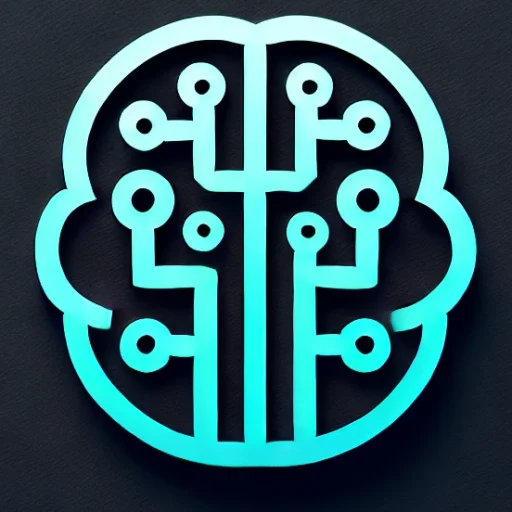
Introduction
In recent years, artificial intelligence has transcended traditional boundaries, evolving into a multifaceted entity capable of revolutionizing numerous industries. Among the most thrilling advancements is Generative AI. This cutting-edge technology not only enhances creativity but also redefines how we interact with machines, producing outputs that parallel human creations. From generating realistic images and human-like text to composing music, generative AI stands at the forefront of contemporary technological innovation.
Key Insights & Latest Advancements
Generative AI employs models like Generative Adversarial Networks (GANs) and Transformer-based architectures like GPT (Generative Pre-trained Transformer) to produce new content. The recent release of GPT-4 showcases remarkable enhancement in natural language processing, offering profound improvements in understanding and generating text. These models can create intricate content by learning from vast data sets, leading to potential applications across diverse sectors.
Furthermore, technologies like DALL-E, which generates images from textual descriptions, and Codex, which assists in programming tasks, exemplify the transformative potential of generative AI. These advancements pave the way for not only improving efficiency but also for democratizing creative processes.
Real-world Applications
Generative AI is swiftly integrating into various sectors:
- Entertainment & Media: AI can script films, generate music, or create artwork, providing novel approaches to content creation.
- Healthcare: AI models assist in drug discovery by predicting molecular interactions, potentially expediting the development of new treatments.
- Fashion: Designers leverage AI to predict trends and generate designs, merging computational creativity with fashion innovation.
- Education: Personalized learning experiences are crafted through text generation and tutoring systems, accommodating diverse learning needs.
Challenges & Future Outlook
Despite its promising future, generative AI encompasses several challenges. Ethical concerns arise regarding deepfakes and misinformation, which complicate the landscape of digital content. Moreover, there’s a growing need for computational resources, raising sustainability issues.
The future of generative AI hinges on addressing these concerns while continuing innovation. By improving transparency, developing ethical frameworks, and ensuring responsible use, generative AI can maintain its trajectory towards beneficial outcomes.
Conclusion
Generative AI represents a pivotal development in modern technology, affecting numerous facets of human endeavor. While it promises unprecedented creativity and efficiency, it necessitates a careful approach to sustain ethical and responsible growth. As we venture further into this AI-driven era, embracing the potential and understanding the complexities of generative AI are crucial steps towards a future where human ingenuity and artificial creativity harmoniously coexist.
Key Takeaways: Generative AI is transforming industries from media to healthcare, showcasing immense potential intertwined with ethical challenges. As advancements continue, focusing on responsible innovation will unlock new frontiers of possibility.

